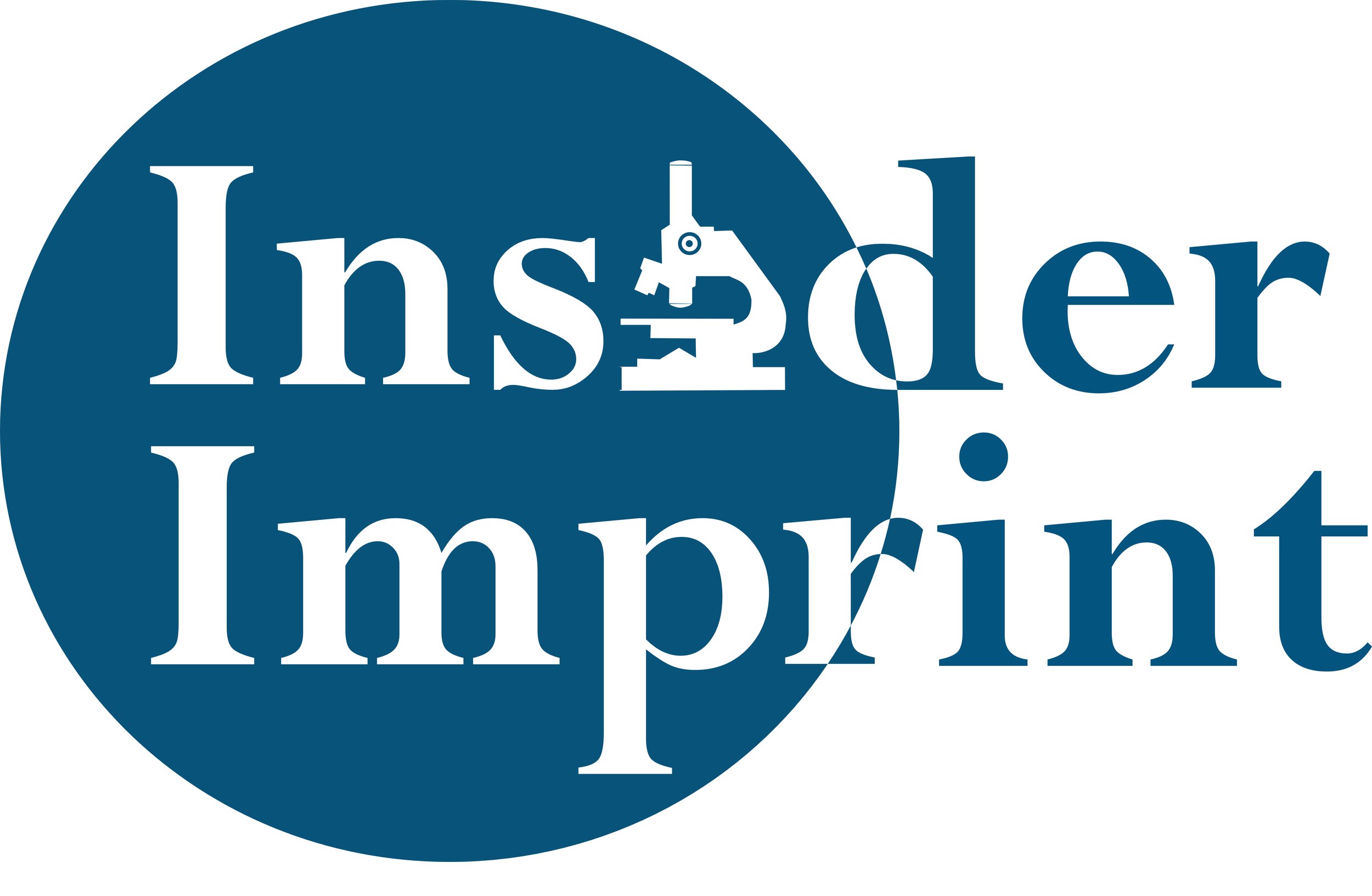Insider Imprint ISSUE 5 is here!
Insider Imprint has turned 5! Our fifth issue is jam packed with top-quality student insights, research, commentaries and reflections.
We would like to congratulate all of our issue 5 authors; well done for getting your work published, and for this achievement during a turbulent year.
View the pdf of the full issue HERE
Or scroll down to browse the brilliant content of issue 5 one section at a time.
Please do share your feedback with us to help us grow. The feedback form is short and sweet, and can be found here: https://forms.office.com/r/rJWujy2rrT
(And if you are one of our authors, please give us feedback on your experience here: https://forms.office.com/r/01bt7HsG4K)
Welcome to Issue 5
We are very excited to be marking Insider Imprint’s 5th anniversary with this wonderful issue full of high-quality content. Inside you will find a great variety of articles including on the environment and climate change, research at Liverpool, a range of scientific commentaries as well as reflections on experiences, careers advice, wellbeing tips, artwork and even a short story.
We would like to congratulate all of our issue 5 authors for possibly your first publication; an excellent achievement you can be proud of. We would also like to acknowledge and welcome back a few authors who have published with us before! Good to have you back!
In issue 5 we have included a special feature section on the environment and climate change. This section includes two interviews with researchers at Liverpool, in which you will discover how climate change affects disease prediction and what is being done at Liverpool to make our research labs more sustainable. This section then focuses on the issue of plastic pollution in our oceans, and how biotechnology can be harnessed to break plastic down. We hope you will find this section informative, widening your appreciation of how climate change impacts us, and raising your awareness of sustainability in research.
At Insider Imprint our core aim is to provide undergraduate and master students the opportunity to disseminate their work and build confidence and skills in scientific writing and the publication process. Publishing open access online, as well as in print, creates a platform for students to showcase their activities and successes for all the world to see; this is great for employability and also provides inspiration and food for thought for other students. Our Insider Imprint editors, all PhD students at Liverpool, guide authors through our publication roadmap providing support and encouragement along the way. You can learn more about publishing with us in our ‘Insider Imprint – Your Guide’ pages within this issue!
Insider Imprint also offers students the opportunity to join our team as student ambassadors. Our ambassadors get to be involved in all the behind the scenes running of a scientific journal, joining our team meetings and getting involved in our outreach activities and content production. We would like to congratulate our three ambassadors this year who have now gained HEAR accreditation for their work with us. Many thanks for your hard work on issue 5, we hope you have gained valuable experience and skills with us whilst also having an enjoyable time.
We very much hope you enjoy reading issue 5, gaining new knowledge and inspiration. Best wishes.
Fabia and your Insider Imprint Team














